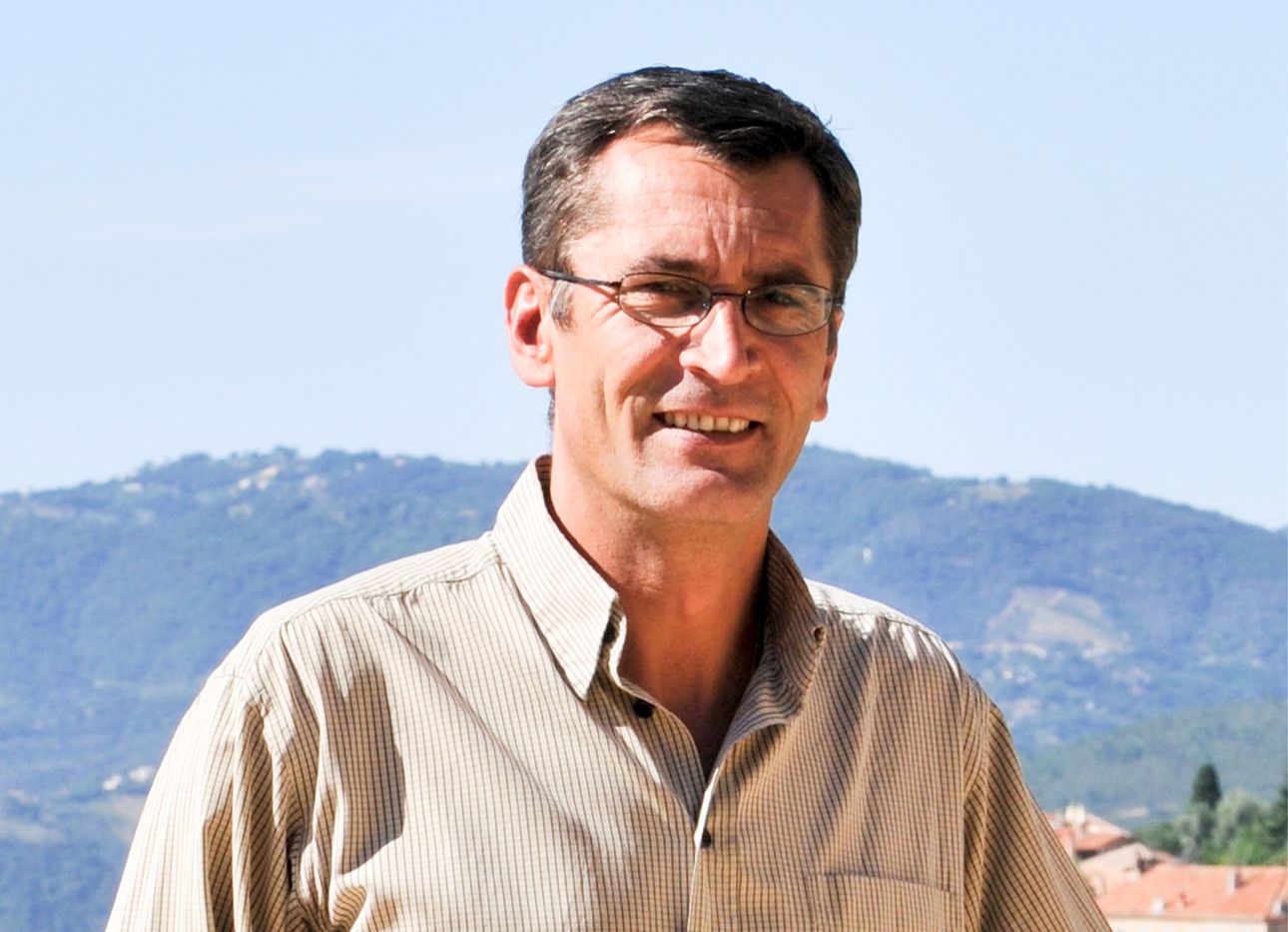
How Grasse, France, Went From a Smelly City to the Perfume Capital of the World
Around the 1500s, tanners settled in Grasse, a sun-soaked hillside town above the French Riviera, to produce leather. The area soon became known across Europe for products made from the material—but the tanning process caused the air (and the leather products) to stink of dead animals and lye, which was used as a cleaning solution. Grasse’s glove-makers were the first to try to improve the smell of their goods, and did so by combining animal fat and flowers to create a perfumed pomade that they used to scent their gloves. After taxes on leather increased, the tanners pivoted to making fragrances exclusively, and paved the way for Grasse to become the “perfume capital of the world” that it’s known as today. Scents are concocted there for a wide variety of aromatic products, from laundry detergents to shampoo.
Grasse’s Musée International de la Parfumerie, founded in 1989, aims to teach visitors about the city’s olfactory heritage. Here, the institution’s director, Laurent Pouppeville, discusses the factors that led to the rise of Grasse’s fragrance industry, and how it continues to remain relevant and evolve.
“Very often people ask, ‘Why is Grasse so famous for perfume?’ This is a long, long story that begins in the Middle Ages, when the main activity in Grasse was something that did not smell very good. That isn’t the case today, though. If you walk along the streets of the historical center, you can smell the fragrances of scented compositions from the shops of Grasse perfumers. In spring, you can smell the sweet aroma of orange blossoms coming from the orange trees in the gardens.
Grasse’s history in the secular industry of perfumery was born here as a result of our fertile land and innovative, passionate, and courageous people. And, just like the residents of Grasse themselves, perfumery has been continually forced to overcome obstacles and adapt to the constraints of the times.
At the end of the nineteenth century, for example, the perfume industry developed all around the city. The landscape and the countryside transformed with the construction of big factories and the planting of countless fields of flowers, including roses, jasmine, tuberose, and lavender. Because Grasse is surrounded by both mountains and sea, it enables the cultivation of plants from countries around the world.
And yet, as in almost every industry, time and [technological advancements] have brought about deep changes. The flower fields on hillsides have all but disappeared, as have the stalwarts of the local perfumery trade in the early twentieth century, hinting at the industrial decline to come. But the popularity of scented products, developments in fragranced compositions, Grasse’s exceptional expertise in natural products, and the arrival of new companies thanks to expansions of larger ones, have resulted in Grasse being able to withstand choppy economic waters. This heritage is an opportunity to be seized by the Grasse region. All that’s left to do is to build on it, and [invest in] the tools it needs to tackle the challenges of the twenty-first century head on.
These circumstances are, in part, why the Musée International de la Parfumerie was restructured in 2008 and 2019 to be a central hub for perfumery’s past, present, and future—and of the little-understood sense of smell. Permanent and temporary exhibitions, themed and educational tours, diverse experimentation, and public talks with fragrance professionals and researchers are just some of the ways that the institution works toward its mission. Today, the museum is one of the driving forces behind the high value of Grasse’s material and immaterial legacy. It’s a powerful symbol in and of itself, too: one of people working together to pool strengths and means in order to live fully in the present and face the future with optimism, respect, and pride for a glorious past.”